KOENIGSEGG CCX – THOR’S HAMMER
Snatching the Nardo top speed record in 2005 with the 806bhp CCR really put Christian von Koenigsegg’s dream car on the radar with potential buyers. You can argue pedigree and breeding till the proverbial cows come home, but never forget that Ferrari and Lamborghini were once small, fledgling companies too.
As the US is still the biggest potential single market for supercars, it was important for Koenigsegg to obtain 50-State certification for their car. The result of this work was the CCX, the X representing the Roman numeral, and signifying ten years of the Koenigsegg company at the time.
As with all Koenigsegg models, the main tub of the CCX is made from carbon-fibre with lightweight sandwich reinforcement for low weight and immense structural rigidity. A key feature is the removable carbon-fibre roof panel that stows neatly in the front luggage compartment.
The smooth Koenigsegg shape has no hard edges to create problems at speed, so its aerodynamic yaw performance is very consistent. Drag coefficient is 0.3 with a frontal area of 1.867 sq m.
The underbody is flat with venturi tunnels, a front air splitter and rear diffusers. The carbon-fibre rear wing is an option that provides some downforce at high speed, but Christian is of the opinion that it is not absolutely necessary since even without it there is 60kg of downforce over the front axle and 65kg over the rear axle at 200km/h. Importantly, the aerodynamics centre of pressure is behind the centre of gravity, so the car is inherently stable at speed.
The aerodynamic detailing goes much deeper than that. If you look closely at the area between the roll over bars, you will see ten miniature fins, whose purpose is to break up the airflow, creating a vortex that directs more ram air downwards into the engine intake. In front, the massive single Mercedes-Benz ‘jumping’ wiper is able to clear a large portion of the huge curved windscreen.
However, the thing that bowls over most onlookers is the unique way the doors operate. People may be used to seeing gull-wing and even butterfly doors, but Koenigsegg’s rotating door is so different it does make you stop and take notice.
In the cabin, there are no major manufacturers switches or dials. The big rev counter and digital LCD readout is made by Stack and comes straight from their racecar catalogue. Around it however, every piece of trim, every switch and every dial is specially made for the car, which adds to the bespoke ambience of the interior.
The telephone dial function selector in the centre console takes some getting used to, especially in the dark, but its illumination along with the instrument pack lights give the cabin a futuristic look when the ambient light falls. The selector contains buttons for the lights, electric windows, ignition, start and stop on its outer ring and warning lights for other functions on its inner ring.
With a pair of Rotrex centrifugal superchargers driven off their own belt providing a 1.2 bar of boost with a maximum of 1.35 bar on over-boost, the 4.7 litre 32-valve V8 behaves more like an race-bred 8.0 litre atmospheric motor with tons of torque from the word go and a rabid lust for revs. And this is on normal 95 Octane EU grade pump petrol or 91 Octane US fuel.
Although its output numbers are the same as the CCR, the CCX motor has had a raft of changes made to help it meet California emissions legislation. These include new cylinder heads with larger valve area and optimised ports, two small rather than one large injectors per cylinder, new camshaft profiles, new carbon-fibre intake plenum, revised ECU, updated fuel and EVAP system. Finally the redesigned exhaust system brings the catalytic converters closer to the engine for faster light off.
Normally, no matter how good the supercharger or turbocharger installation is, a forced-aspirated engine never responds as crisp as a good normally-aspirated one, and you always feel that you are pushing a column of air around the engine.
Not so with this motor. Koenigsegg’s patented dual throttle body equipped response system totally changes the way the engine sees the incoming charge air when you close the throttle, and totally changes the way you perceive throttle response when you push your right toe towards the carpet.
There is absolutely no feeling of lag or disconnection from the action at all. If anything, the motor answers a call for power with immediacy and urgency that would do a race-tuned normally aspirated engine proud. This is all the more amazing when you consider that the compression ratio is just 8.2:1.
The Lysholm-type supercharger unit is incredibly efficient compared to the screw-type used by major manufacturers like Mercedes-AMG. Where the single IHI blower on an SL55 AMG consumes 91bhp at peak power, both Rotrex units together only absorb 60bhp. A restrictor on the intake is used to allow the motor to build crankshaft speed faster at low revs, allowing the engine to get into positive boost as fast as possible.
The intake manifold system is made up of carbon-fibre air boxes and aluminium intake tracts. On the exhaust side, the stainless-steel headers are ceramic coated and connect to big 200 cell free-flow catalytic converters and a big bore exhaust that eventually exits between the venturi tunnels.
With a bore and stroke of 90.4 x 90.7mm the 4,712cc motor is almost exactly square, and it revs hard and fast. Like the CCR, the US 50-State legal CCX makes 806bhp at 6,900rpm and 920Nm (678 lb ft) of torque at 5,700rpm. The rev limiter comes in at 7,500rpm, but Christian says the motor will take 8,500rpm. Power is fed to the drivetrain via a 215mm AP Racing organic clutch.
A motor this powerful produces masses of heat and to ensure that cooling would be adequate, Koenigsegg set about designing the cooling system in a totally different way from most manufacturers.
“Engineers tend to calculate the cooling capacity they think they will need for a given motor and package,” Christian explained. “Quite often this proves to be inadequate or marginal in extreme conditions.”
Koenigsegg’s engineers started from the premise that their car had to run cool in the Middle East, so the ability to run hard with upwards of 55 degree Centigrade ambient temperatures on the racetrack in Dubai was the priority. In the end, the car received the biggest radiator the package could take, along with a massive intercooler, oil cooler and gearbox cooler. “None of our cars has ever come close to overheating,” said Christian proudly.”
The largely carbon-fibre CCX weighs just 1,180kg and with this much power and torque on tap, it leaves the line hard with the kind of punch to the small of your back every speed junkie craves.
For drivers used to normal performance cars with small motors peaking at 6,500rpm, it is hard to conceive of a large capacity V8 motor that takes 8,000rpm as a matter of course. But this specially designed and built motor uses the kind of technology normally seen only on race engines, so while it will potter around town all day in fourth with the tacho needle barely hovering above 1,000rpm, its darker side relishes life close to the red-line.
When you reach 6,000rpm for the first time and think that this is a mighty fast car, the CCX is just limbering up. When you experience the further lunge forward between 6,000 and 8,000rpm, you realise that this car is more than just mighty fast; it is blindingly fast.
The soundtrack that accompanies the brutal forward thrust when you lay into the throttle reminds you that Thor, the god of thunder was Scandinavian. Our drives on both the airfield test track and public roads were done with the roof off and the unfiltered soundtrack was quite spectacular.
Bass rich, the sound is not quite NASCAR deep but it has strong bent crank V8 undertones. The induction noise is unique to this car, and while it is muffled slightly by the superchargers, it is still produces a powerful induction roar above the bellow of the cylinders firing. The twin Rotrex blowers are dead silent by the way, so don’t expect to hear the whistling kettle noises that screw-type chargers tend to make.
Taking power to the rear wheels via a beefy AP racing twin-plate clutch is the latest version of the ubiquitous CIMA gearbox. Its six forward ratios are stacked in a conventional H-pattern, and the long lever that stands proud of the centre console has the heft and gravitas required for you to both find and select the required ratios.
It is one of those boxes that does not like snap shifts except in the same plane so for best results with shifts across the gate, you need to let the spring-loading to the three-four plane do its work. The race-grade clutch is heavy on first application from a standstill, but because take-up is so smooth and progressive, you cease to notice its engagement weight on the fly.
Just how fast the rest-of-world spec CCR with the same level of power is was the subject of two Guinness Book of Records entries. The first was a World Record for the power output of a Production Car as well as its 0-100 km/h time of 3.2 sec and 395km/h top speed.
The Bugatti Veyron soon toppled this record, but the second one stood longer. For Koenigsegg, this is the more important one since it officially certified the Koenigsegg CCR as the Fastest Production Car at the time, with a top speed of 387.866mph.
The Koenigsegg has simply phenomenal front-end grip. Weight distribution is 43/57 front/rear and despite having a smaller front rubber footprint than the Carrera GT. So long as you don’t go into a bend too fast, the CCX just grips and grips, showing 1.3g lateral acceleration on the 100ft test circle.
On country roads, the CCX impressed with its good secondary ride over short, sharp bumps and total lack of bump steer. The fact that you can feel the bumps yet have no adverse reaction through the steering, which itself is pin sharp in reacting to driver inputs is a testament to the expert set-up of the chassis.
Christian von Koenigsegg hails from an aristocratic German family whose lineage goes back to the 11th Century, and his grandfather moved to Sweden and married a local girl. The marque badge you see in various places on the car is a modern adaptation of his family crest.
Maybe Christian’s quiet confidence comes from his aristocratic background, but there is no question that the Koenigsegg CCX itself is an aristocrat in the world of supercars. It certainly stands head and shoulders up there with the very best ever made at any price.

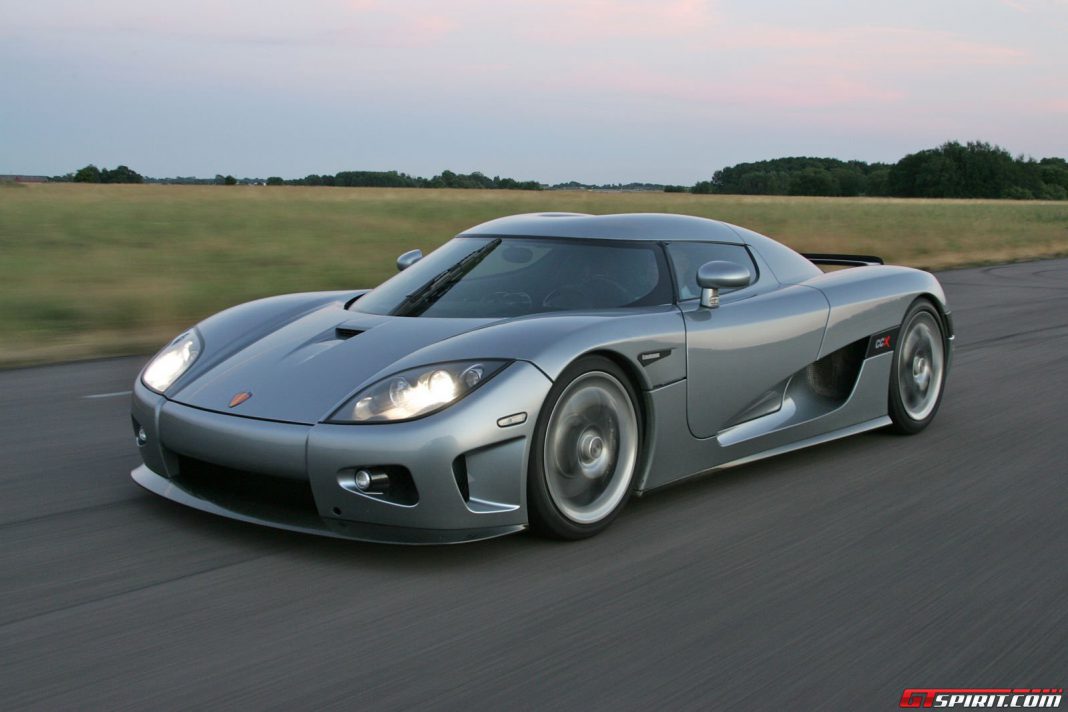
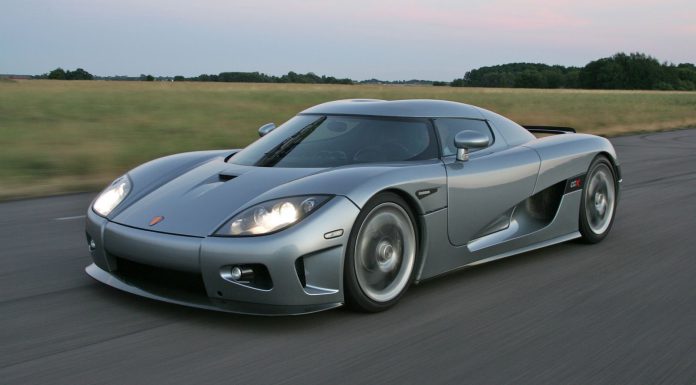
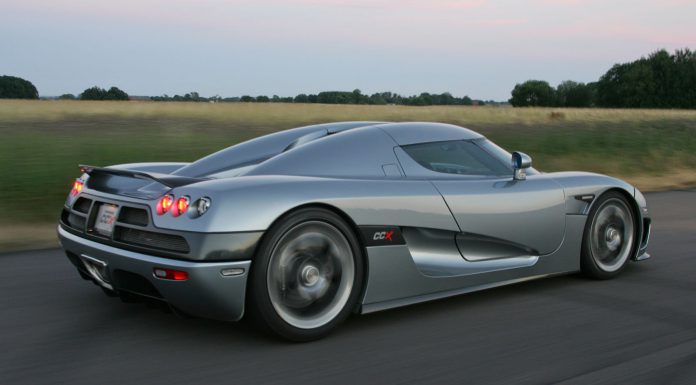
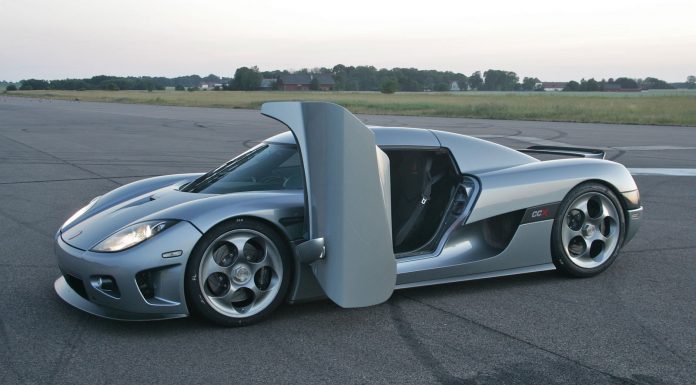
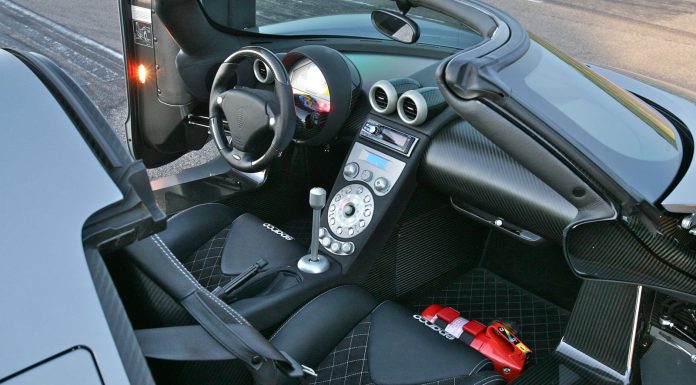
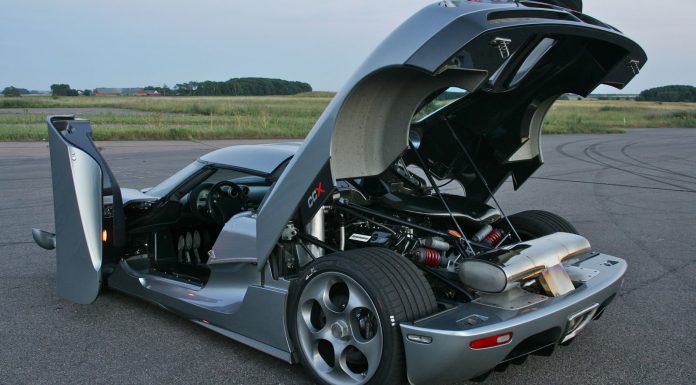
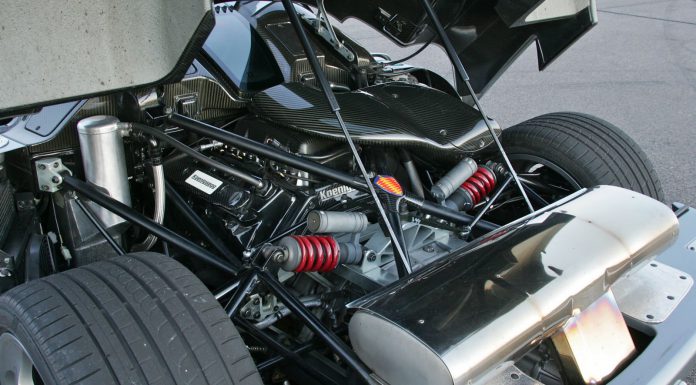
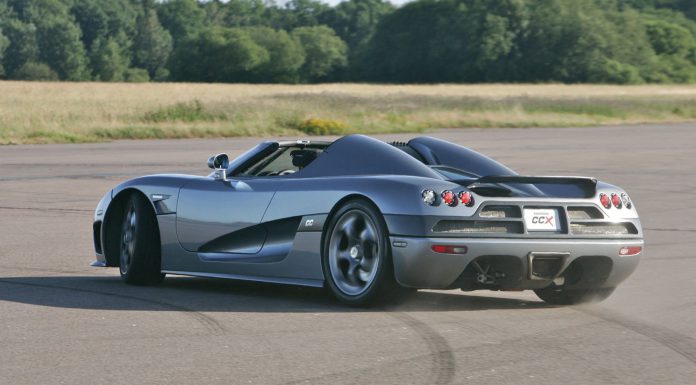




















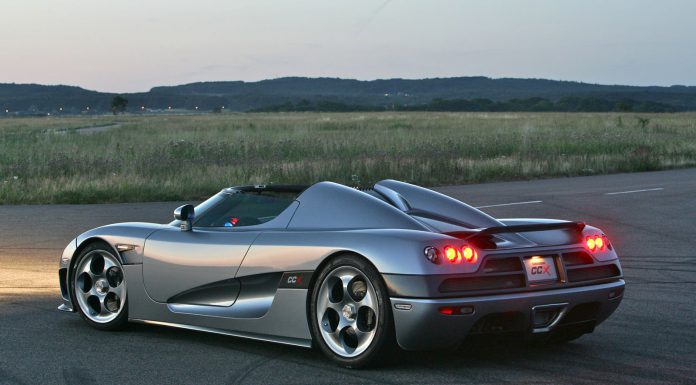












where's is the video? I doubt there's someone who actually reds all this crap…
Ever seen a video in a car magazine? ;)
that's a very stupid retard answer,to be honest…this is a website. Should have been a video
GTspirit.com: agreed, never seen a video, but I would really love to listen to that V8! :)
Nice car!
the CCX will always be a beautiful car to look at.
GTspirit.com, do you test the cars your self or do you get the info from elsewhere?
This review is done by our friend and motoring journalist Ian Kuah!